Pierre-Auguste Renoir: A Master of Impressionism
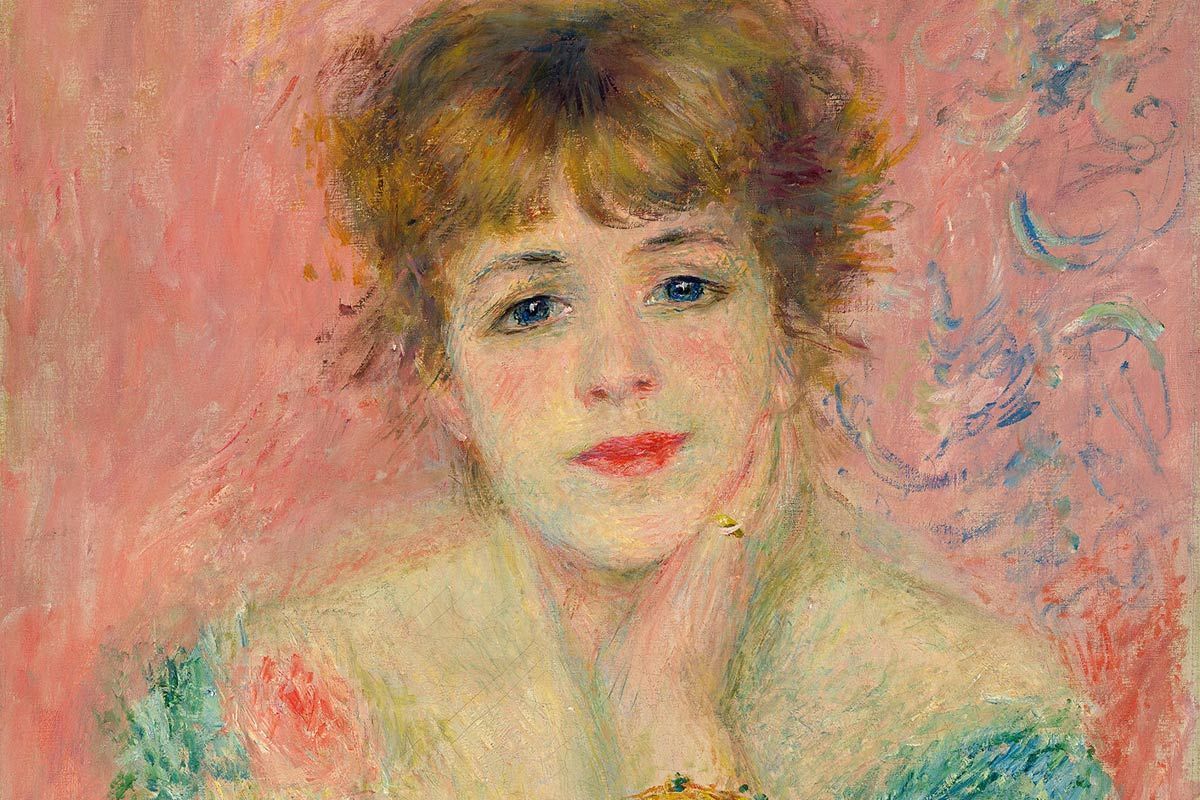
Pierre-Auguste Renoir (1841-1919) stands among the most celebrated French painters of the 19th century, revered for his radiant and intimate depictions of leisurely scenes and lush landscapes that define the Impressionist movement. His oeuvre captures the effervescence of Parisian society along with snapshots of everyday life that convey a timeless appeal. In this article, we delve into the life and art of Renoir, exploring his journey, innovations, and the enduring impact of his work.
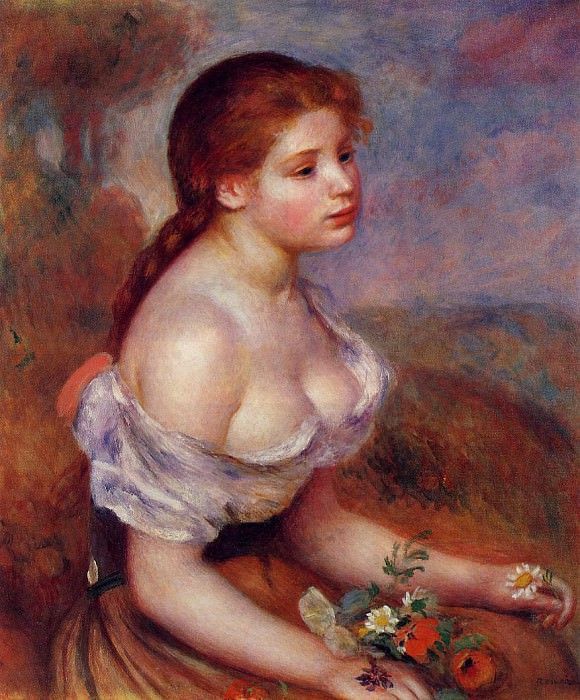
Life and Beginnings:
Born in Limoges, France, Renoir grew up in a working-class family, which moved to Paris when he was young. His early exposure to the decorative arts, as a porcelain painter during his teen years, influenced his later focus on color and texture. Desiring formal training, Renoir saved earnings to study painting at the Ecole des Beaux-Arts. He soon became affiliated with the artistic hub of the École, where he met future Impressionists like Claude Monet and Alfred Sisley.
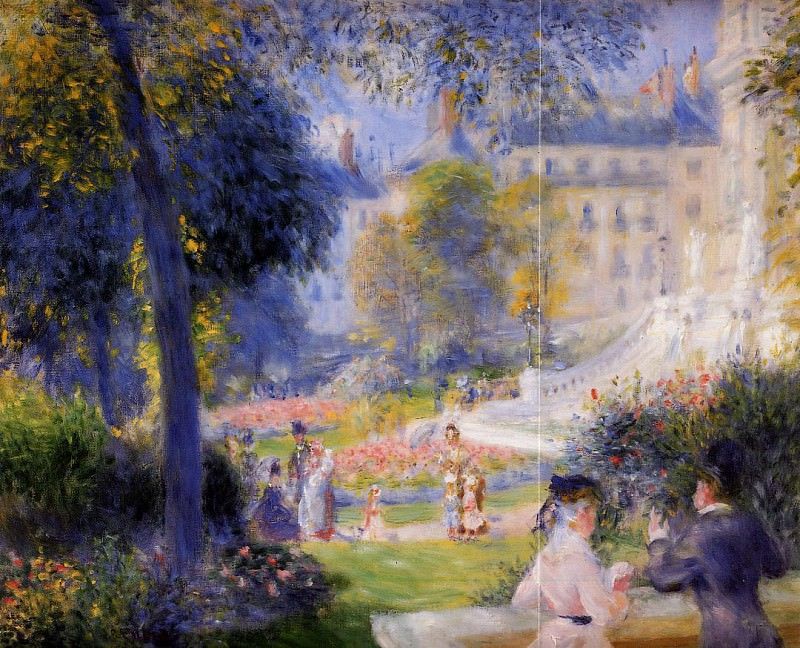
Artistic Development and Impressionism:
In the 1860s, Renoir began painting en plein air alongside Monet and Sisley, experimenting with the effects of light on the landscape. This shift would crystallize into what is known today as Impressionism. By the early 1870s, Renoir had embraced this new style, characterized by rapid, loose brushstrokes meant to capture the fleeting effects of light and color, steering away from the fine detail and historical themes valued by traditional Academies.
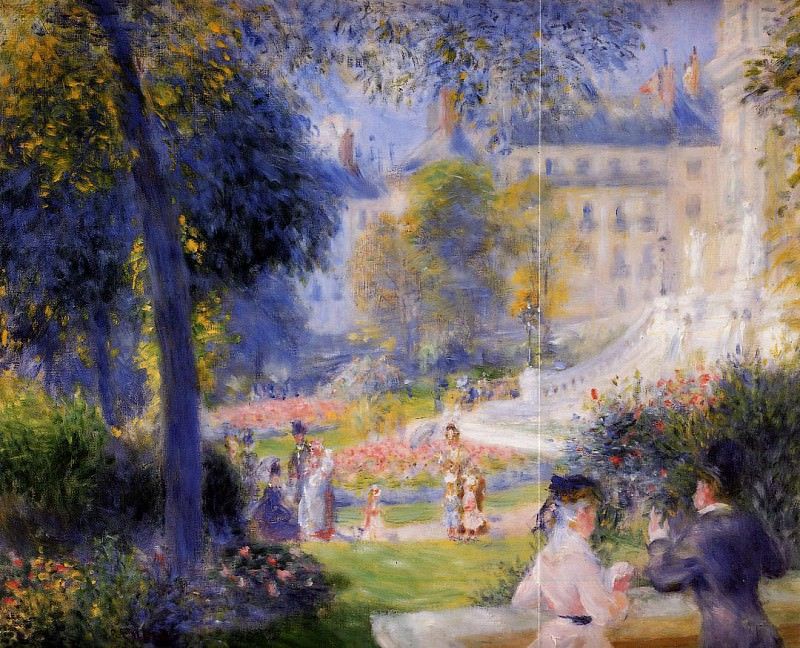
Renoir's contributions to Impressionism are distinguished by his signature vibrancy and a palette often dominated by warm, joyful tones. His depictions of luminous scenes, from the sun-soaked River Seine to the bustling ambiance of Parisian cafés, are infused with a life-affirming energy. Some of Renoir's most famous works, such as "Bal du moulin de la Galette" and "Luncheon of the Boating Party," harmoniously combine his deep appreciation of human figures with the shifting play of light, revealing moments brimming with movement and gaiety.
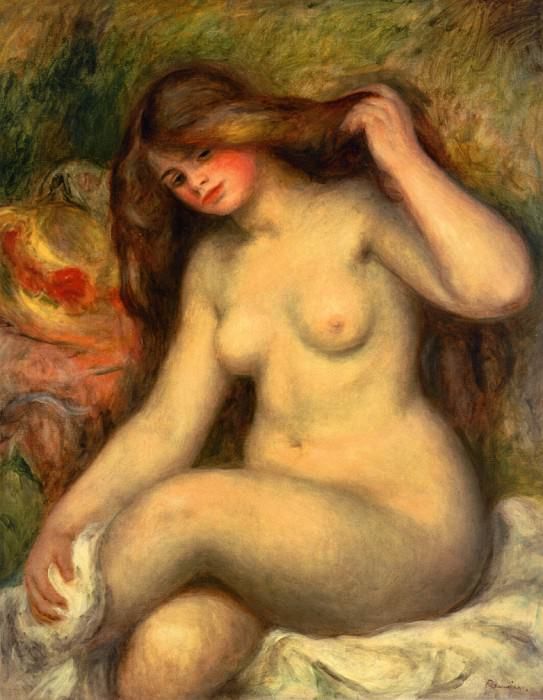
Mature Period and Later Years:
Throughout the 1880s, Renoir's work underwent a significant transformation. After visiting Italy and being profoundly influenced by Renaissance Masters, he developed a more disciplined, linear style dubbed his 'Ingres period', after the neo-classical painter Jean-Auguste-Dominique Ingres. This phase birthed works such as "The Bathers," combining the robust, sensuous forms of the Old Masters with the light and color of modernity.

In his later years, despite suffering from rheumatoid arthritis which ravaged his hands and limited his movement, Renoir's passion for painting never wavered. He adapted by having brushes strapped to his arms, and his late work is marked by a richly textured and more freely brushed style, containing some sumptuous nudes and lush, verdant landscapes.
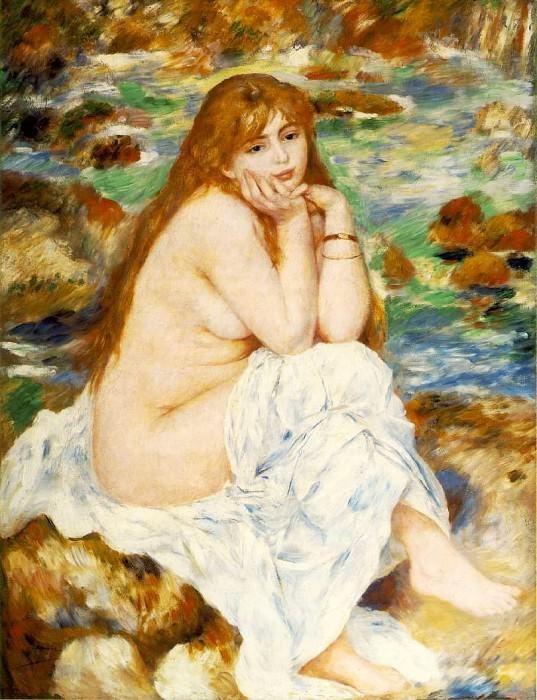
Legacy:
Renoir's legacy is marked by his central role in the Impressionist movement and his insistence on painting the simple pleasures of life, an ethos which resonates through his expansive body of work. His influence is pervasive, affecting the future direction of Western art by paving the way for various movements, including Post-Impressionism and Modernism.

Renoir's paintings are housed in major museums worldwide, from the Musée d'Orsay in Paris to the Metropolitan Museum of Art in New York. They continue to charm artists, critics, and the public alike, serving as an enduring testament to the joy and beauty he endeavored to capture throughout his life.
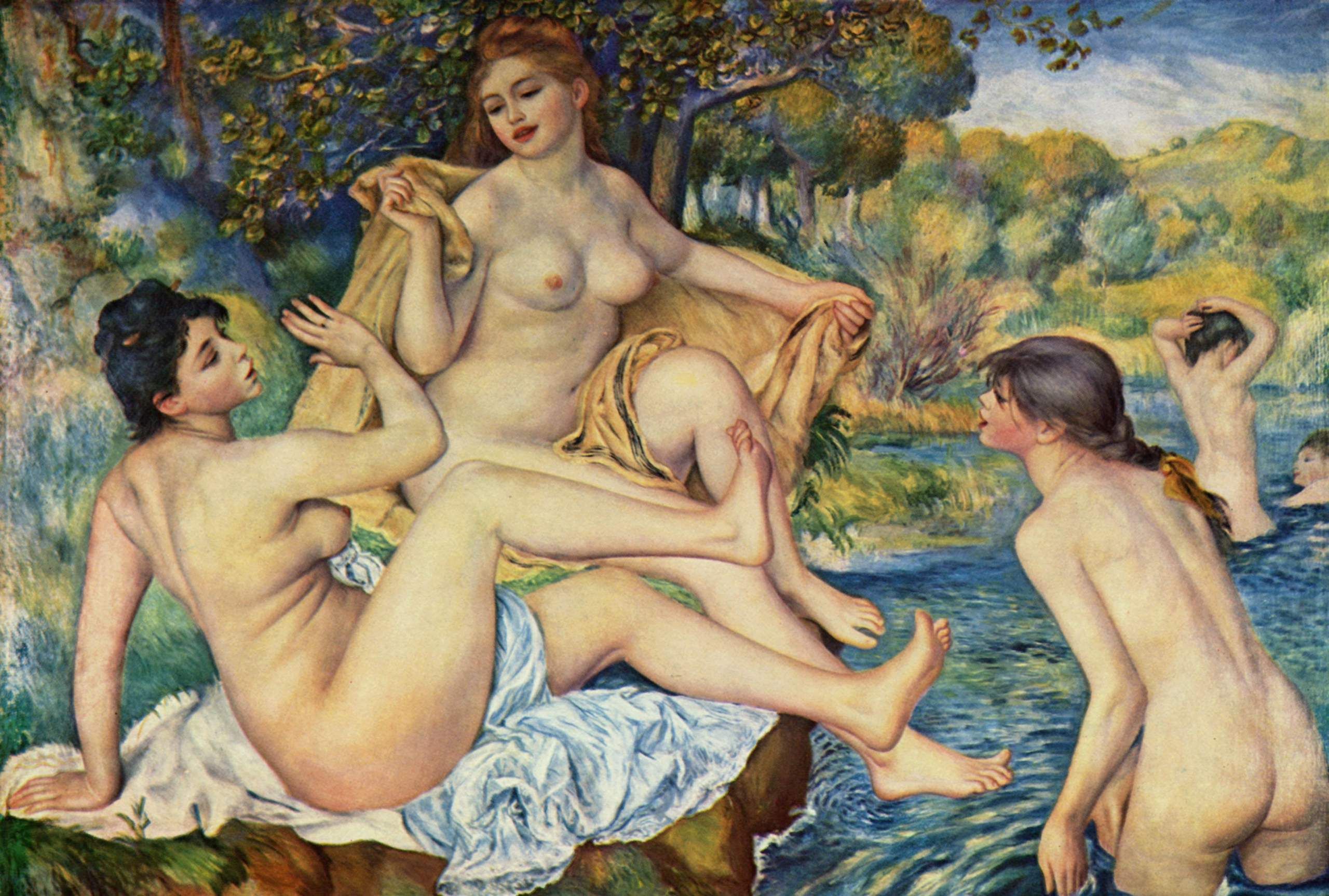
Conclusion:
Pierre-Auguste Renoir's vision celebrates the human experience with warmth, light, and a symphony of color, positioning him as a timeless figure in the world of art. His commitment to portraying the beauty in everyday moments has left an indelible impact on the way we perceive and appreciate the world around us. Renoir's craftsmanship and dedication have secured his place as not just an Impressionist icon, but also as a master from whom the richness of life radiates in every stroke.